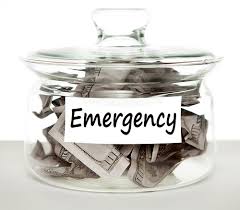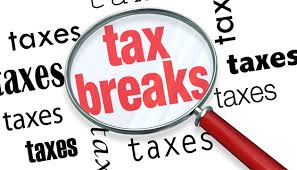Finance Corner

Submitted by Christine Olivieri Donahue
Financial do’s and don’ts of divorce
A divorce can be draining—both emotionally and financially—especially later in life. And more and more people are getting divorced later in life. Just one in 10 people who divorced in 1990 was age 50 or older; twenty years later it was one in four, according to Dr. Susan Brown, professor of sociology at Bowling Green State University and co-author of “The Gray Divorce Revolution.”
Later-in-life divorce can hit women especially hard. After a divorce, household income drops by about 25% for men—and more than 40% for women, according to U.S. government statistics.2 “So-called gray divorce can be economically devastating, especially for women who have been out of the labor force,”
At the same time, retirement is more expensive when you’re solo rather than half of a twosome. On a per-person basis, the cost of living for singles is 40% to 50% higher than for couples, according to the American Academy of Actuaries. And another consequence of a mid- to later-life split is that there’s less time to recover financially, recoup losses, retire debt, and ride out market ups and downs. Meanwhile, women’s life expectancy is climbing, meaning that they may be living longer with less at Loans £3000 Pound Loan | No Guarantor | Quick Approval | PDLN UK.
So how can women over 50—or of any age—protect their financial future when they go solo? Here are a few do’s and don’ts to consider:
1. Plan. Careful preparation before your divorce may pay off. For instance, having a financial planner or accountant work with your divorce lawyer or mediator may help you make decisions about a divorce settlement that may help you protect your plans for a comfortable retirement.
2. Gather all records. “The three most important words during divorce are document, document, document. Make a clear copy of all tax returns, loan applications, wills, trusts, financial statements, banking information, brokerage statements, loan documents, credit card statements, deeds to real property, car registrations, insurance inventories, and insurance policies. Copy records that can trace and verify separate property, such as an inheritance or family gifts.
3. Know what is owed. Hidden debt is a common surprise among divorcing couples. In the nine states with community property laws—Arizona, California, Idaho, Louisiana, Nevada, New Mexico, Texas, Washington, and Wisconsin—divorcing spouses are generally held responsible for half of their spouse’s debt, even if the debt is in only one spouse’s name. Even in non-community property states, divorcing spouses are often held jointly responsible for debt incurred through jointly issued credit cards or loans, even when one spouse did not benefit from such debt. Obtain a full credit report to make sure there are no surprises on it. Annualcreditreport.com provides free credit reports every 12 months from each of the three credit bureaus.
4. Document household goods. Take photos of valuables around the house—jewelry, art, and perhaps sentimental items that are valuable in other ways. It’s not unheard for divorcing spouses to hide assets from one another.
5. Get your fair share. Half of everything may be yours—if you acquired it during your marriage—whether you want it or not. Even if you never liked a painting, for instance, you may be able to use it to trade for something you do want. If you helped put your spouse through graduate school, law school, or medical school, you may be entitled to some reimbursement for the cost of tuition.
6. Keep close tabs on legal and adviser fees. Keep track of what they are spending on your behalf. Remember that your lawyer is a paid professional who is billing you at an hourly rate. Be mindful of the time your lawyer spends with and for you.
7. Check Social Security benefits. Although many age-50-plus women have had successful careers, their ex’s earnings history may provide a larger Social Security benefit. You are eligible to collect those benefits if you meet the following conditions: You must be age 62 or older, you must have been married for 10 years or longer, you must not be currently married, and your own earnings must not entitle you to receive a higher benefit. According to the Women’s Institute for a Secure Retirement (WISER), you can receive your share of your ex-spouse’s Social Security benefits without filing any special papers at the time of the divorce, and—as long as you remain unmarried—you will qualify for those benefits even if your ex marries again.








